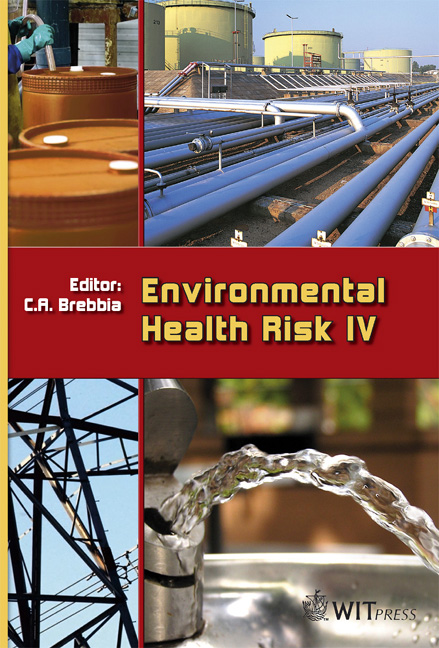Comparative Study Of Environmental Regulations In Latin America
Price
Free (open access)
Transaction
Volume
11
Pages
10
Published
2007
Size
594 kb
Paper DOI
10.2495/EHR070271
Copyright
WIT Press
Author(s)
G. Rincón, L. Cremades, U. Ehrmann & A. Peña
Abstract
Air quality regulations describe the quality level enforced by the regulating authority. These regulations have been established as an attempt to reduce and control the negative impact of air pollution upon the environment and human health. They are based upon the concentration levels of pollutants that are considered non-hazardous for each individual, including the more vulnerable population like children and the elderly. This study presents an analysis of current environmental regulations for permitted PTS, PM10, PM2.5, CO, NO2, SO2, and O3 concentration levels in thirteen Latin-American countries (LACs), and their comparison with similar regulations established by the United States Environmental Protection Agency (US EPA) and the World Health Organization (WHO). Most LACs reproduce US EPA standards, regardless of their specific regional circumstances; however, they do not update these standards at the frequency the US EPA does. Few regulations follow WHO recommendations. Concerns are raised regarding LACs capabilities to effectively monitor air quality and enforce compliance. Keywords: air quality, Latin American standard regulations, WHO, US EPA, criteria pollutants, compliance. 1 Introduction Air Quality regulations describe the maximum allowed pollution levels enforced by the regulating authority [1]. The upper threshold values established by the standard regulations correspond to those limits below which no harmful effects due to air pollution are expected. The aim of these regulations is to protect the citizens’ health.
Keywords
air quality, Latin American standard regulations, WHO, US EPA, criteria pollutants, compliance.





